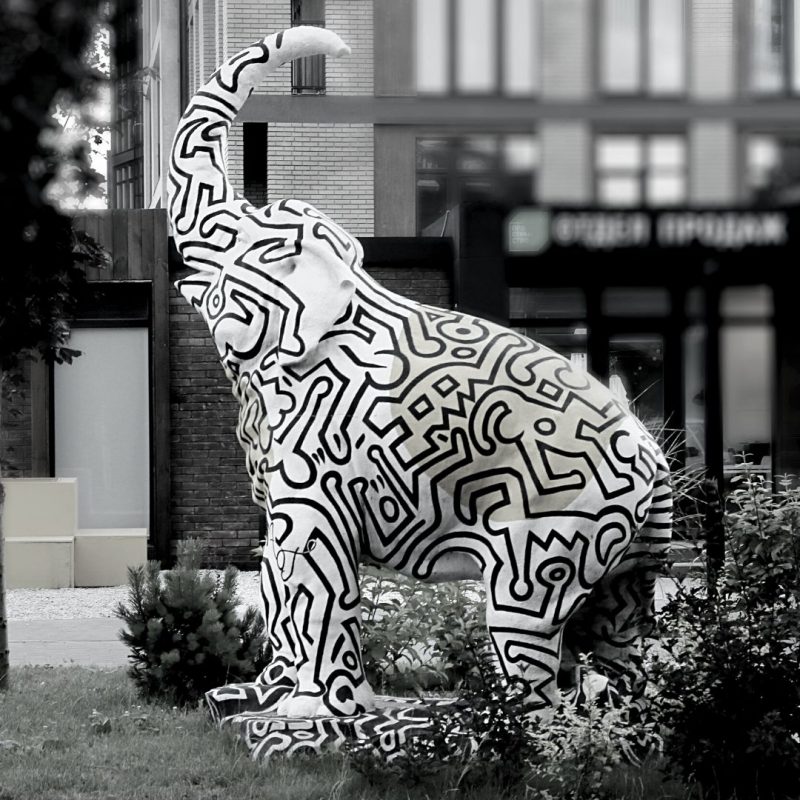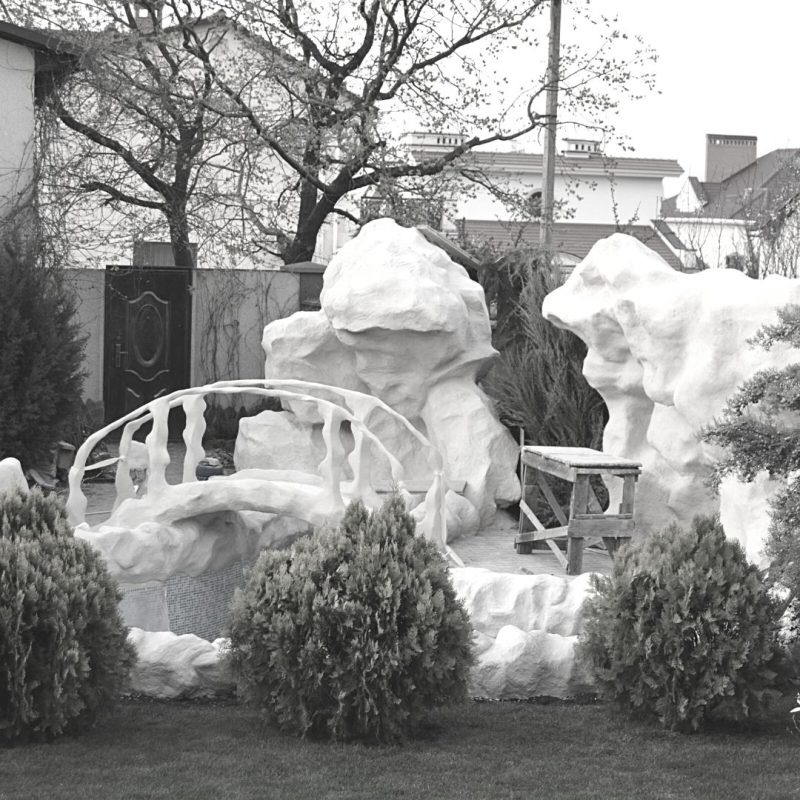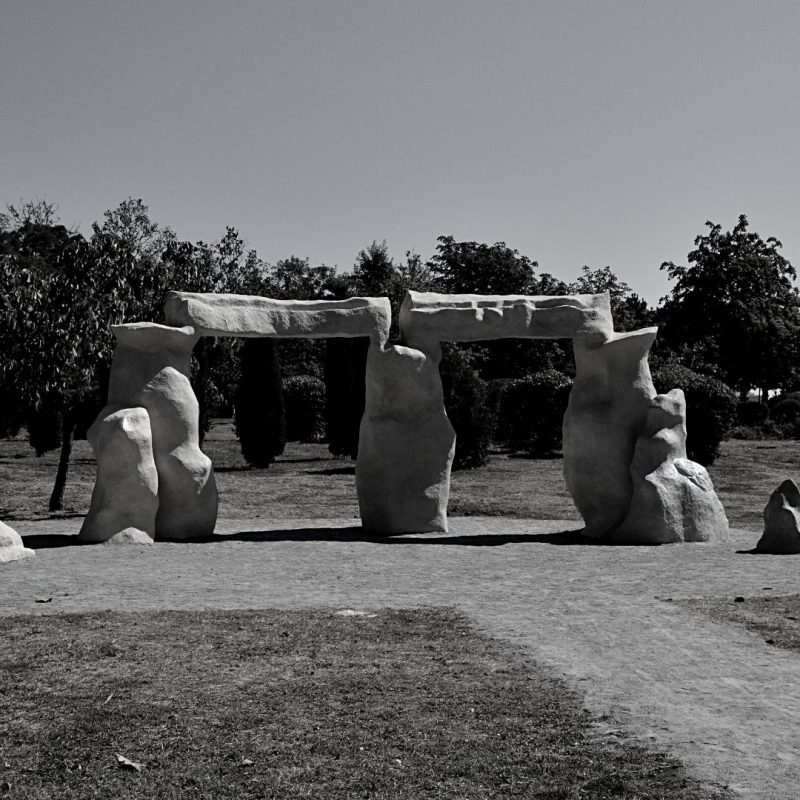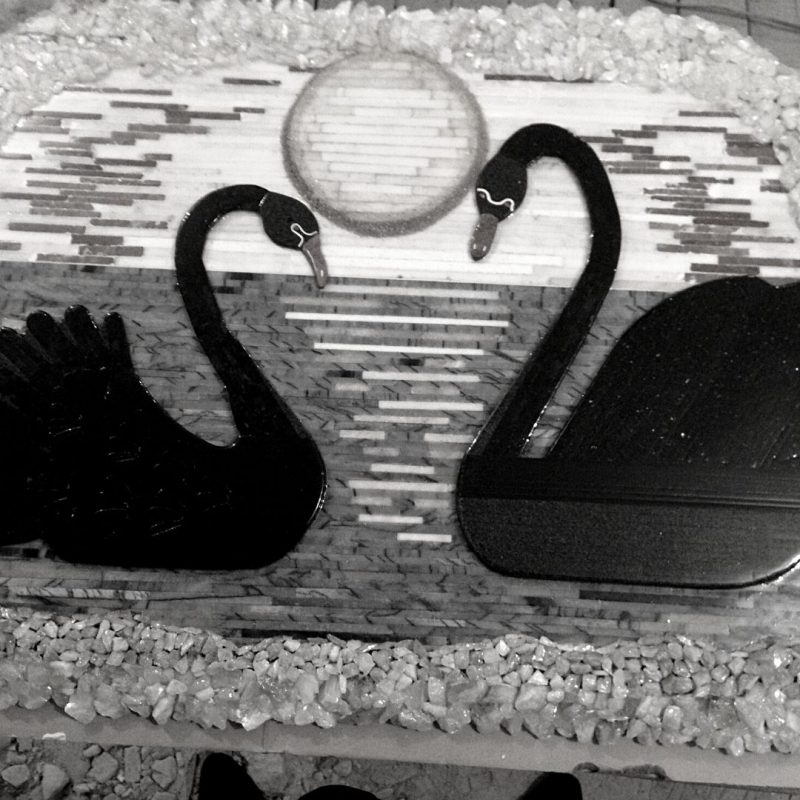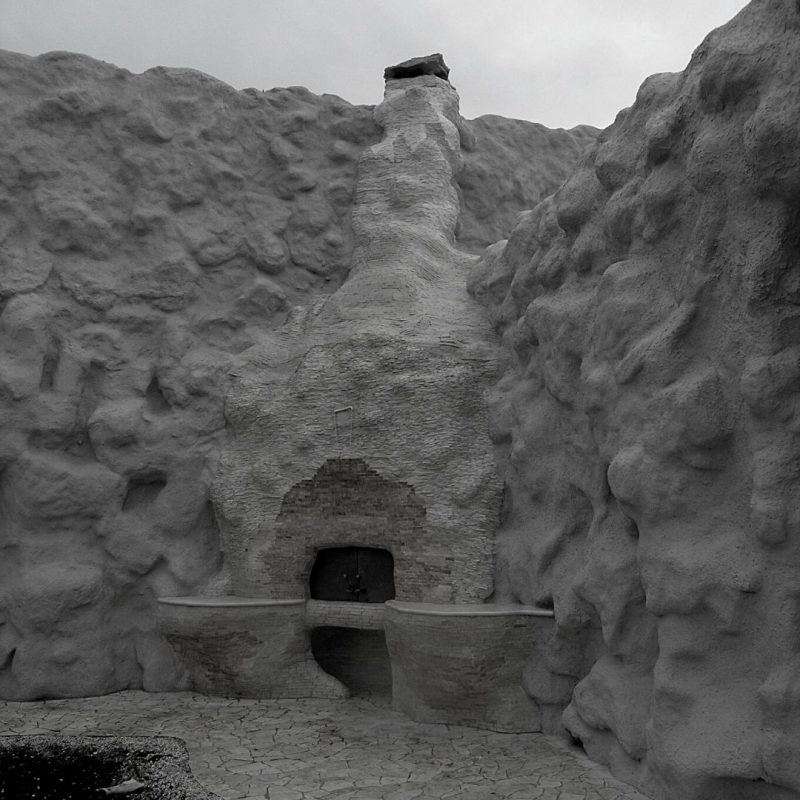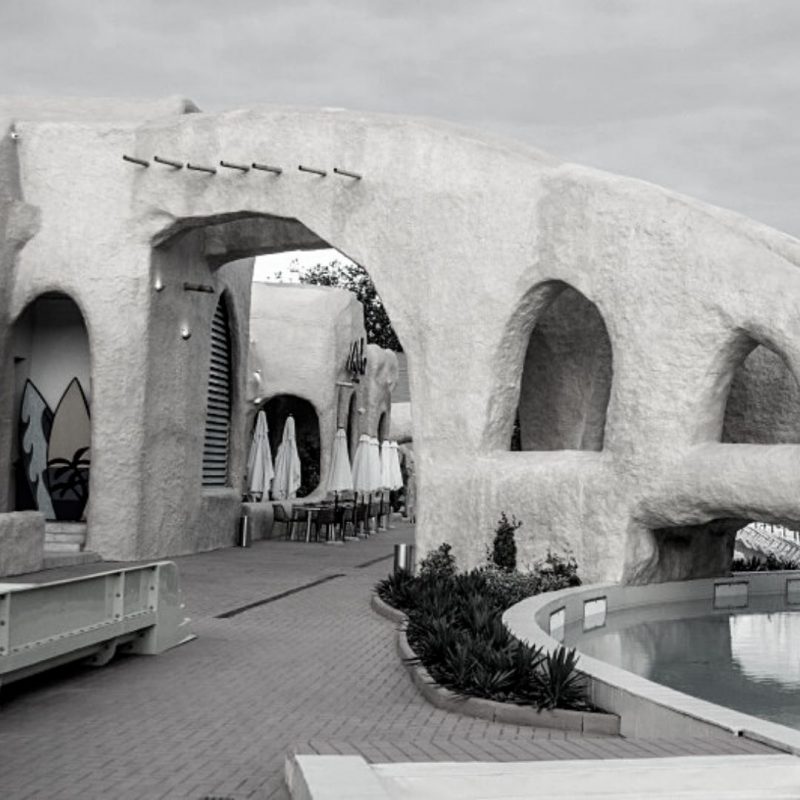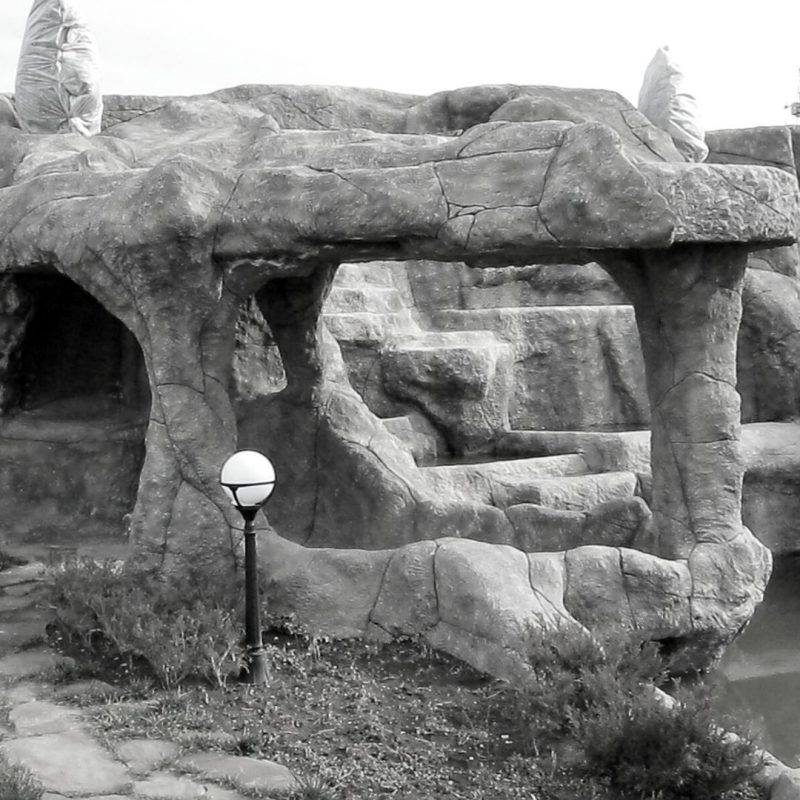Portfolio

Statues “Man” and “Woman” from fragments of mirrors in the Armenian Church: Symbols of peace and reconciliation.
In the world of art, there are many beautiful works that can take us to the world of mysticism, sublimity and deep symbolism. One of these unique works are the statues of “Man” and “Woman”, created from fragments of mirrors, in the Armenian church. These skillful creations not only amaze with their beauty, but also carry a deep meaning and historical significance.
The history of the creation of statues
The history of the statues “Man” and “Woman” made of fragments of mirrors is closely connected with the Armenian culture and national character. These sculptural masterpieces are dedicated to the period after the end of the Armenian genocide (1915-1923), which led to the mass extermination of the Armenian population of the Ottoman Empire and the accompanying disasters. During this tragic era, many Armenian families were devastated and destroyed, and many lives were destroyed.
Symbolism of the statues
The statues “Man” and “Woman” made of fragments of mirrors have a deep symbolic meaning. Their creation is a symbol of reconciliation and restoration of unity after the terrible suffering of the genocide. Each statue depicts a human figure made from a mosaic of mirror fragments, which are a metaphor for the broken and fragmented life of the Armenian people during the tragedy.
“Man”
The statue “Man” represents the strength and courage of the Armenian people, able to withstand trials and misfortunes. He stands firmly and confidently, symbolizing the determination to rise after the fall, to restore their culture and national spirit. The mirror shards that make up the figure of the man reflect the idea that the Armenian people reflect their unique identity through their art, culture and heritage.
“Woman”
The statue “Woman” symbolizes life, beauty and hope. She is depicted with elegance and grace, which emphasizes the stability and tenderness of the Armenian culture and spiritual heritage. The mirror fragments used to create the figure of a woman emphasize that even in a broken and difficult situation, the Armenian people find their strength and beauty, despite the trials.
Symbol of peace and reconciliation
The statues “Man” and “Woman” made of fragments of mirrors have become symbols of peace and reconciliation. They remind us that, despite the terrible tragedies of the past, reconciliation and restoration are possible through art, culture and the unity of peoples. These statues serve as a reminder to the world that we must cooperate and strive to create a more just and harmonious society.
Location of the statues
The statues “Man” and “Woman” made of fragments of mirrors are in the Armenian Church on the Gagarin Plateau in Odessa. They have become a source of pride and inspiration for the Armenian people and visitors from all over the world who come to honor the memory of the victims of the genocide and express their support for reconciliation and peace.
Conclusion
The statues “Man” and “Woman” made of fragments of mirrors in the Armenian Church are exceptional works of art that not only attract with their beauty, but also carry a deep symbolic meaning. These statues remind us of the strength and uniqueness of the culture of the Armenian people and serve as an important reminder of the need to strive for peace and unity in our world.


